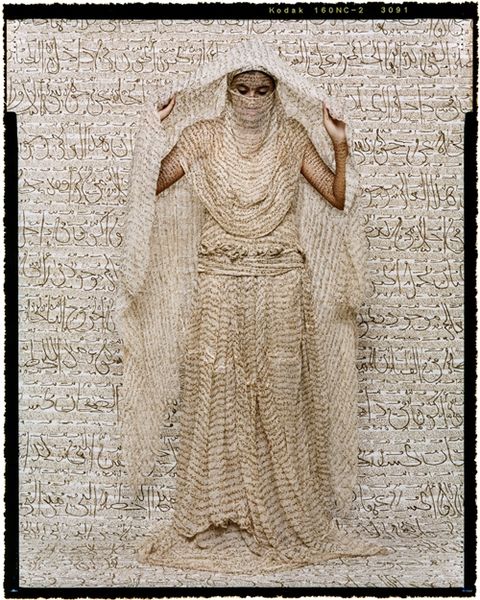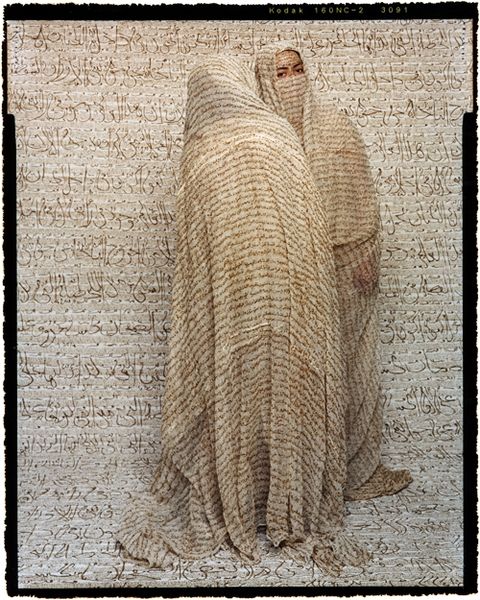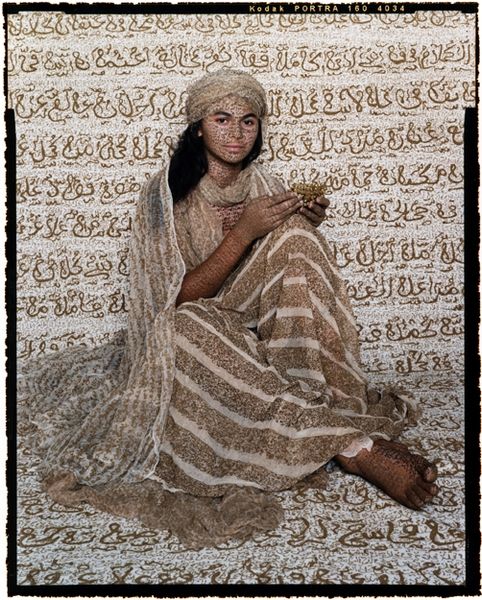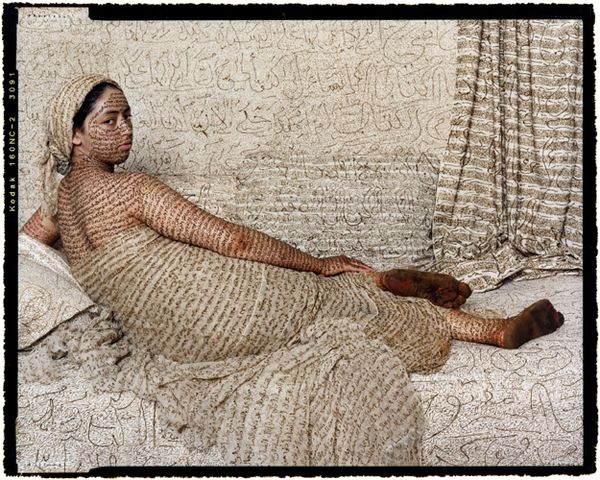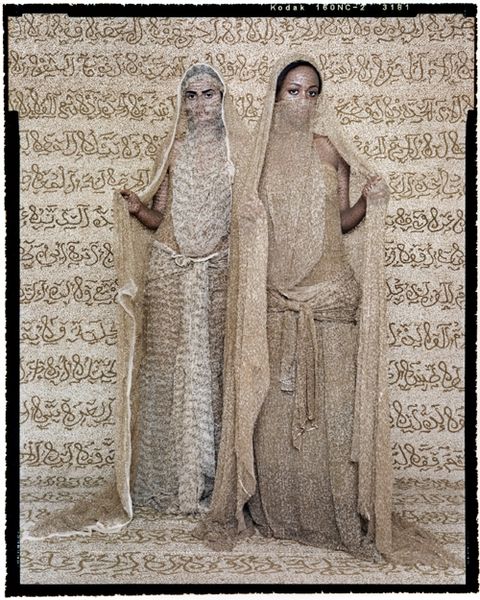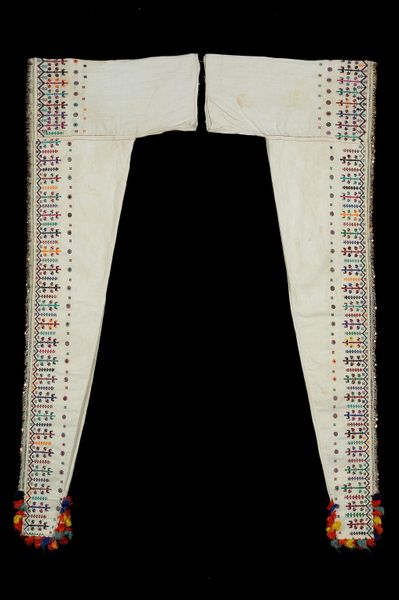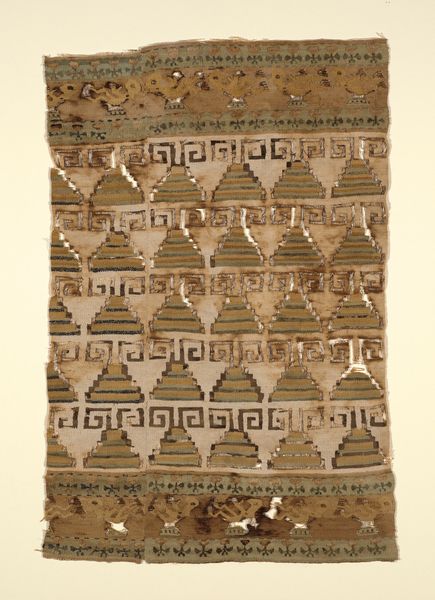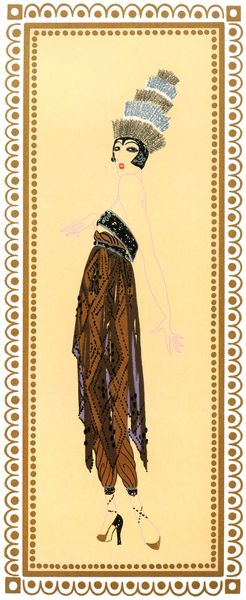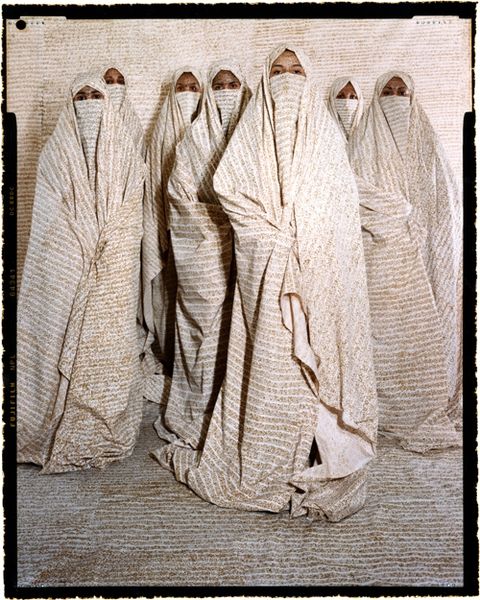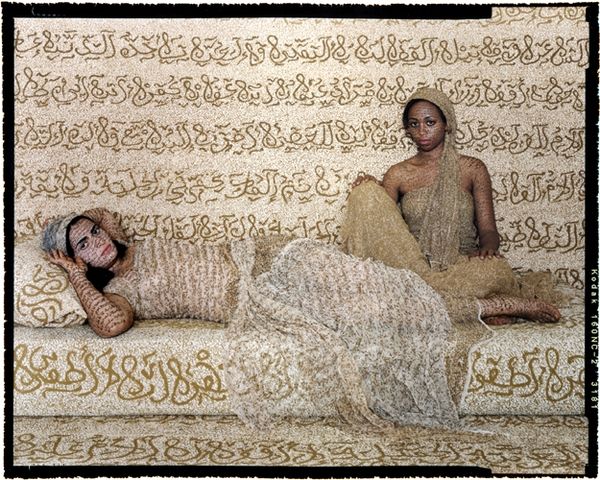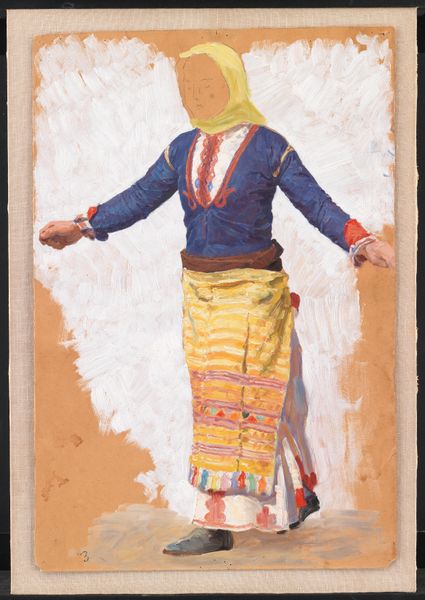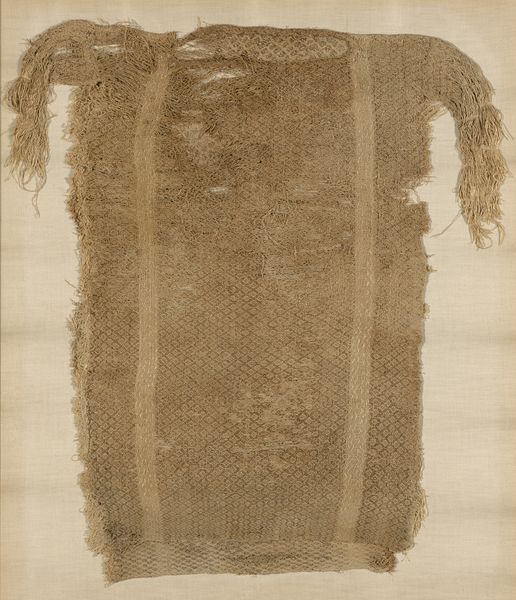
mixed-media, textile, photography
#
portrait
#
mixed-media
#
contemporary
#
sculpture
#
appropriation
#
textile
#
photography
#
islamic-art
#
identity-politics
Copyright: Lalla Essaydi,Fair Use
Editor: Lalla Essaydi's "Harem Woman #1," created in 2008, uses mixed media including photography and textiles. The monochromatic palette and the subject's averted gaze give the piece a really contemplative and almost inaccessible feel. What do you see in this work? Curator: This piece is steeped in visual paradoxes. Essaydi reclaims Orientalist tropes, specifically the harem, by staging the scene herself. The Arabic calligraphy, a sacred, traditionally masculine art form, covers the surfaces, including the woman’s skin and clothing. What does that script evoke for you? Editor: It's like she's literally inscribed by the culture surrounding her. It makes me wonder who holds the power in this space? Is she imprisoned, or is she commanding her own narrative? Curator: Exactly! The script isn't necessarily legible; it functions more as pattern and design. It suggests constraint but also beauty and resilience. This blending of traditionally separate spheres - the masculine domain of writing and the feminine space of the harem - disrupts conventional expectations. Do you see how the gaze challenges this narrative? Editor: Yes, her downcast eyes seem both demure and defiant, reinforcing the complexity. Curator: And what of the sepia tones and shallow depth of field? How do these enhance or subvert stereotypical associations of historical harem photography? Editor: It gives it an antique feel, yet the contemporary photographic medium keeps it grounded in the present. Curator: Essaydi uses the weight of visual history and symbolism to challenge the viewer. The result compels us to actively confront our preconceptions. It suggests the subject is neither entirely free, nor simply a voiceless victim. Editor: I’m really starting to appreciate the multi-layered symbolism in this work and how Essaydi invites us to reconsider deeply embedded stereotypes. Curator: Indeed! I think Essaydi is doing precisely that – unearthing deeply buried continuities, and enabling an active revision of entrenched assumptions and visual legacies.
Comments
No comments
Be the first to comment and join the conversation on the ultimate creative platform.
